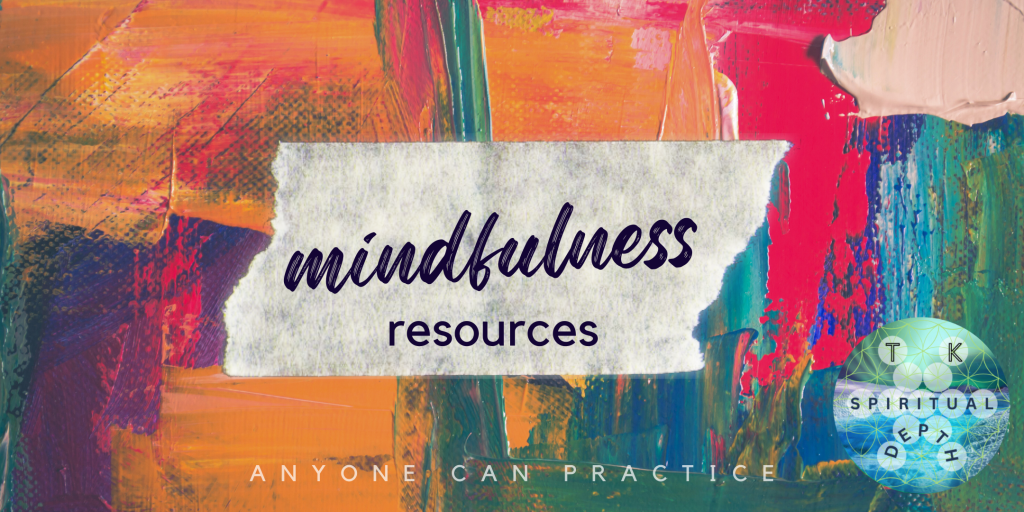in March 2024
- Featuring a mindfulness exercise or technique
- Promoting a local wellness event or seminar
- Sharing recommendations on mindfulness

Mindfulness has become a popular buzzword, but what exactly is it? Is it an art, a science, or something in between? Our answer might surprise you. You are welcome to come up with your own interpretation based on your experiences. We’d love to hear about it in the comments.
Mindfulness as an Art: Like any art form, mindfulness requires practice, creativity, and self-awareness. It’s the art of paying attention to the present moment without judgment. Just like an artist observes the world and translates it onto a canvas, we can cultivate awareness of our thoughts, feelings, and bodily sensations without getting caught up in them. By discovering different ways to notice and respond to our internal and external environments, as an artist, we are able to carefully develop a style that is at once personalized and supportive for your recovery.
Mindfulness as a Science: While it may seem subjective, mindfulness is backed by extensive scientific research. Studies have shown that mindfulness-based interventions can be effective in reducing stress, anxiety, and depression, while also improving sleep, focus, and overall well-being. Those of us who understand the science of evidence-based practices with regards to behavioral studies would to well to apply those principles to your own understanding of your internal dialogue as well as your interpretation of your exterior emotional and physical environment. Some of us may realize we are more of a “sponge” than others, able not only to absorb things physically but emotionally, and possibly spiritually from other people. One interesting example of a physiological phenomena that organisms absorb from each other is pheromones which in connection with moon phases may explain why women’s cycles will sync together.
Mindfulness as both an art and science- Not to complicate things, but perhaps there is enough evidence to suggest something can be both art and science, like the concept of space-time. The intersection of Art and Science can be both a creative practice as well as an evidence-based practice. Considering the many ways to achieve mindfulness, it seems likely that mindfulness represents a large intersection of both art and science.
Try This: The Body Scan Technique:
This simple technique helps cultivate awareness of bodily sensations.
Lie down comfortably and focus your attention on different parts of your body, one at a time.
Notice any sensations without judgment, such as warmth, coolness, tension, or relaxation.
This practice has been shown to reduce stress and anxiety in numerous studies [1].
A Common Misconception: Multitasking is Good: We often believe multitasking helps us achieve more, but research suggests otherwise. Multitasking can actually decrease productivity and increase stress. Instead, focus on one task at a time with your full attention for better results.
Local Wellness Spotlights:
- The Mindfulness Expo is a one-day event with sound bath and yoga classes, workshops and exhibitors all focusing on mindfulness and wellness. Create your own schedule, and attend as many classes as…Read more on TodayTix
Sat, Apr 20, 10 AM – 5 PM Anaheim Convention Center
800 W Katella Ave, Anaheim, CA - Big Bear Retreat Center (Insight LA)
Spaces Available for Spring! Los Angeles, CA - Meditations Journal Conference 2024
https://philosophy.ucla.edu/event/meditations-journal-conference-2024/
Sun, Oct 27, 2 PM – Mon, Oct 28, 2 PM Los Angeles, CA
Investing in your well-being through mindfulness events & workshops can be transformative. Many offer flexible pricing options and scholarships, making them accessible. It doesn’t hurt to contact the business behind the workshop or conference to ask about how you can get in more affordably. Depending on how helpful these events are for you, these investments may save you money down the line, by having to pay less for other similar healthcare services. In fact, these kinds of workshops are usually able to teach you more about how the techniques work than providers who simply perform the service. In other words, you might be able to learn more by doing than by being the receiver of the service.
Podcast & app Recommendation:
- The Daily Stoic: Sam Harris on Stoicism and Mindfulness Practice https://open.spotify.com/episode/365UGWL5SkJM43f4B89WZD
- Ancient Secrets for a Peaceful Life: CLEANING UP YOUR MENTAL MESS with Dr. Caroline Leaf https://podcasters.spotify.com/pod/show/cleaningupthementalmess/episodes/Ancient-secrets-for-a-peaceful-life-e2bsbj0/a-aajs05f
- Total Meditation with Lil’ John “Turn Down for What” & Kabir Sehgal https://open.spotify.com/album/1hbTHwM8oYILCm4pncxjkV?si=8ac20bbae72443f4
“Mindfulness is not about trying to control your thoughts.
It’s about watching them float by like clouds in the sky.”
– Thich Nhat Hanh
Mindfulness is not about achieving a state of perfect stillness or emptying your mind. We all have thoughts, and that’s okay. The key is to observe them without judgment and gently bring your attention back to the present moment whenever it wanders.
Here’s how to keep it simple:
- Start small: Aim for 5-10 minutes of mindfulness practice daily, even if it’s just focusing on your breath.
- Be kind to yourself: Don’t judge yourself if your mind wanders. Just gently bring your attention back with a non-judgmental attitude.
- Incorporate mindfulness into everyday activities: Pay attention to the sensations of walking, eating, or doing chores.
Mindfulness is a journey, not a destination. Be patient, stay curious, and remember, even small steps can lead to significant changes in your well-being.

Leave a comment